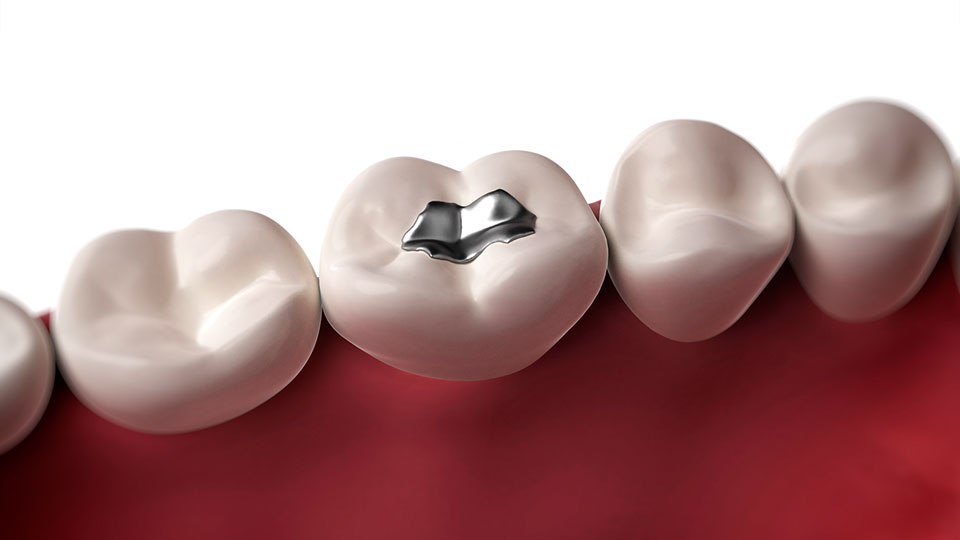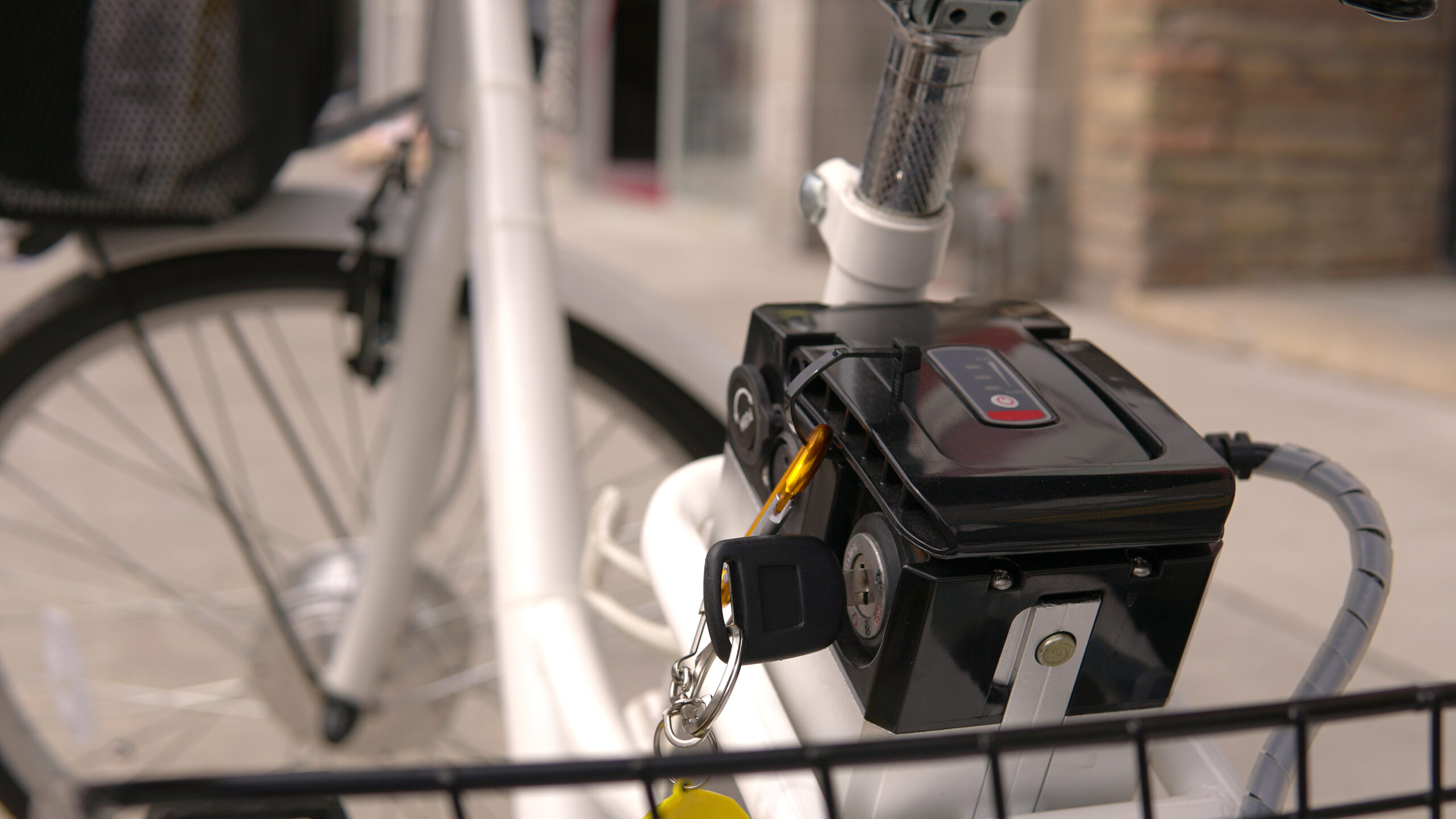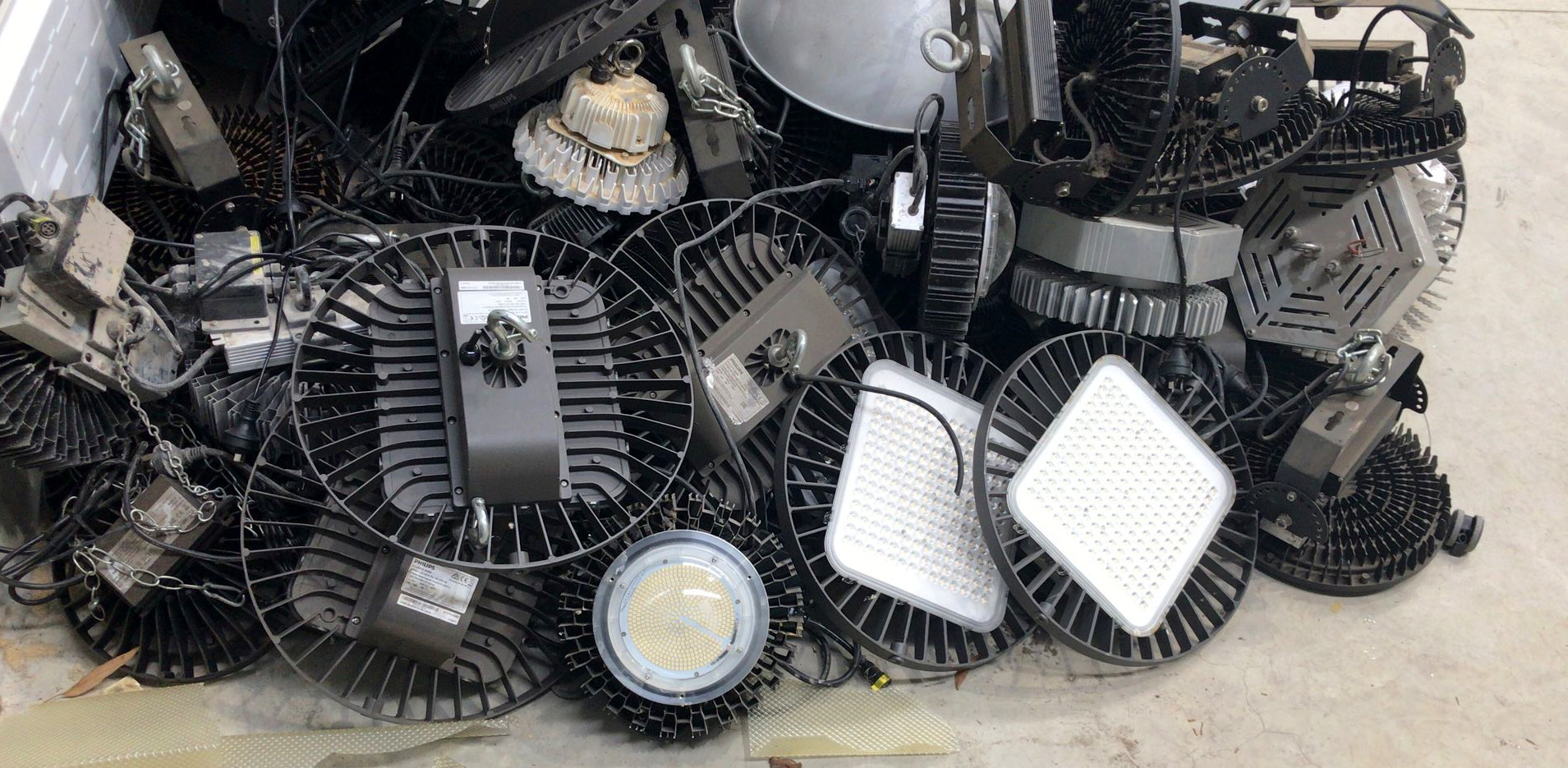Most people are aware that fish can be a significant source of mercury in our diets. What may be less well known is that children, and women of child-bearing age are most at risk from the effects of mercury.
That being said, fish provide nutrients that are important during growth and development before birth, during breastfeeding, and on into childhood, so they are an important part of our diet.
In June 2014, the US Food and Drug Administration (FDA) and the Environmental Protection Agency (EPA) released updated advice to pregnant women and parents on the types and amounts of fish they should be eating.
Eat More Fish…
The key message is that many people don’t eat the recommended amount of fish. It is specifically aimed at women who may become pregnant, are pregnant or are breastfeeding, and to parents of young children.
So how much fish should we be eating? The recommended amount is about 225 – 340 grams per week, the equivalent of 2 – 3 servings.
…With Low Mercury Levels
The FDA and EPA recommend that we choose fish with the lowest levels of mercury. Not an expert on mercury? Well luckily for you, they have provided a table that not only shows mercury levels, but also the levels of one of the most important nutrients, Omega-3 fatty acids, found in fish. Fortunately for us, some of the fish with the highest amounts of Omega-3s also have the lowest amounts of mercury.
The table on the FDA website is nice and detailed, but it focuses on US fish species. So for local advice, check out these webpages from the NSW Food Authority and Better Health.
And finally, don’t forget we can all do our bit to reduce the amount of mercury released into the environment by properly recycling our compact fluorescent lighting, e-waste, medical waste and other mercury containing waste.
If you’re a business with bulk recycling needs call us on 1300 32 62 92, or fill out the form and one of our recycling specialists will be happy to design a recycling program specifically for you.






